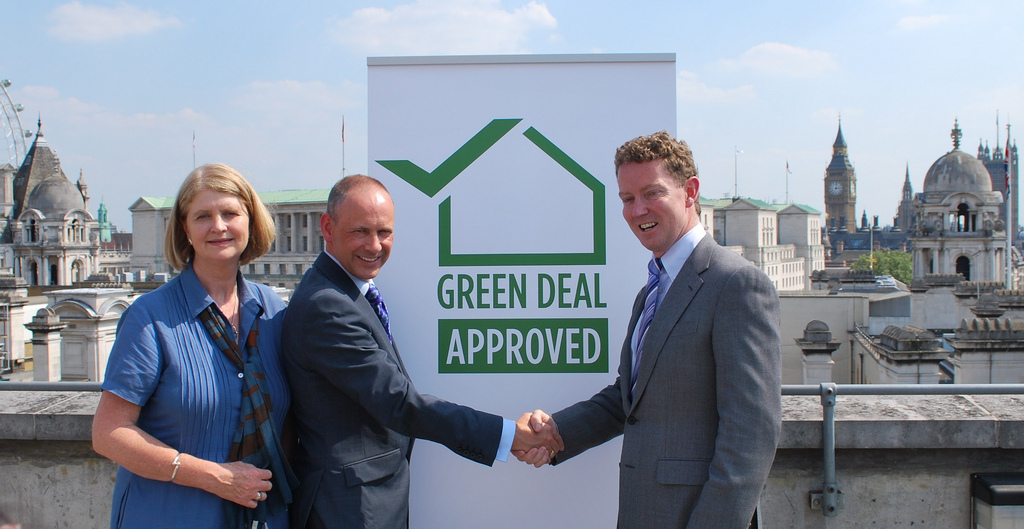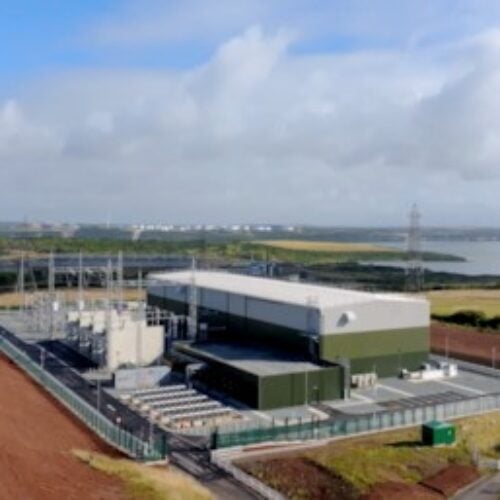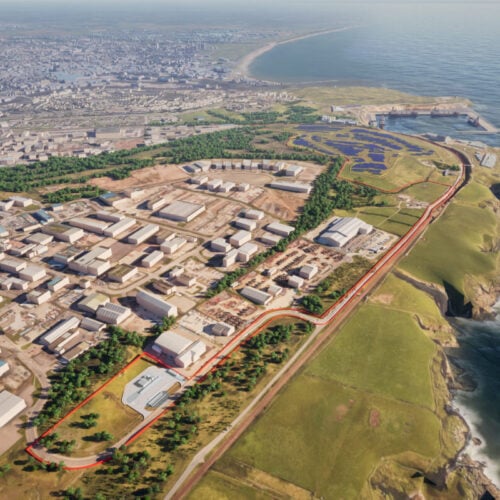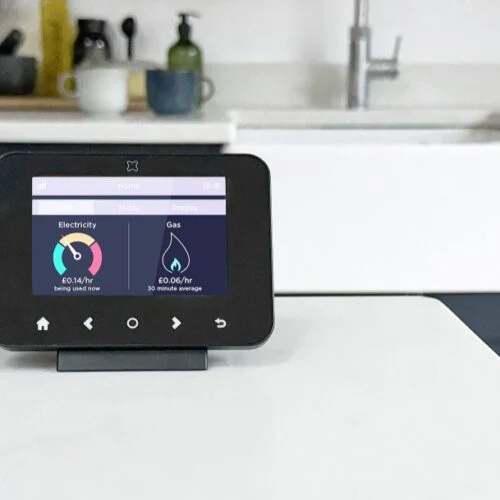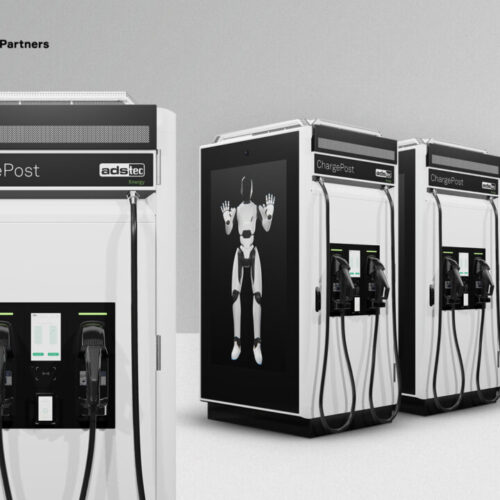The number of solar thermal applications for the Renewable Heat Incentive (RHI) is allegedly far less than installation figures.
According to the Department for Energy and Climate Change (DECC) there were over 100 solar thermal applications for the RHI this September, but there are over 600 solar thermal installations installed and eligible to apply, according to figures from the STA.
Speaking at Solar Energy UK 2014’s Energy plus theatre, Chris Roberts, solar specialist at the Solar Trade Association (STA) said the RHI is “just the tip of the iceberg” for solar thermal.
Roberts explained that the large gap between solar thermal installations applying for the RHI and those installed could be down to a black market outside the RHI and the Microgeneration Certificate Scheme (MCS).
Or, Roberts said the RHI could be deterring applicants because it is “too bureaucratic”, a suggestion backed by Ofgem’s investigation into RHI application times.
Currently, solar thermal installations must be Green Deal approved, Roberts said this is not a “level playing field” for solar thermal, when compared to rooftop solar PV, which does not require Green Deal approval, “it doesn’t make sense” Roberts told the audience at SEUK.
The RHI also does not apply to new builds, and should instead be “driven by planning requirements” said Roberts.
Roberts also suggested (although for four occupants using solar thermal heating instead of gas, the return on investment can be 6-7%) the returns for solar thermal made from the RHI are “not high enough” to increase solar thermal installations to then bring down costs.
Roberts said barriers, such as the Green Deal approval, need to be removed to install solar thermal heating to scale, and also that a strong commercial benefit, gradual government support, and selling solar thermal second with new boilers or insulations, should boost solar thermal installations.
Also talking at the SEUK Energy Plus theatre this year, Stuart Elmes, CEO of solar thermal panel manufacturer, Viridian Solar, and STA board member told the audience the RHI for solar thermal “hasn’t taken off like the [PV] feed-in tariff, and I am not surprised”. Elmes explained that, while the financial returns are compitive with the rival scheme, a range of other factors will see result in slower growth for the RHI rather than the huge growth seen during the first year of the feed-in tariff.
Elmes also said that the UK FiT was based on previously existing models that were already successful in other parts of Europe, obtaining investor interest, whereas, the RHI is the only finance mechanism of its kind in the world.
Solar thermal installations have been in gradual decline since 2010, according to STA figures.
The non-domestic RHI currently awards just 3% of funds to solar thermal heating applicants, while 80% is awarded to biomass, according to STA figures, the domestic RHI awards 20% of funds to solar thermal applications.
Elmes also said the “false starts” of the RHI, the “mismanagement” of FiTs and a “fear of anything too successful being ruthlessly hacked by the government” – has registered as no investment in solar thermal until the RHI is “nailed on”.
Elmes also identified the installation complexity for solar thermal in that every house has a unique heating system, compared to roofs and electric systems which are more uniform.
